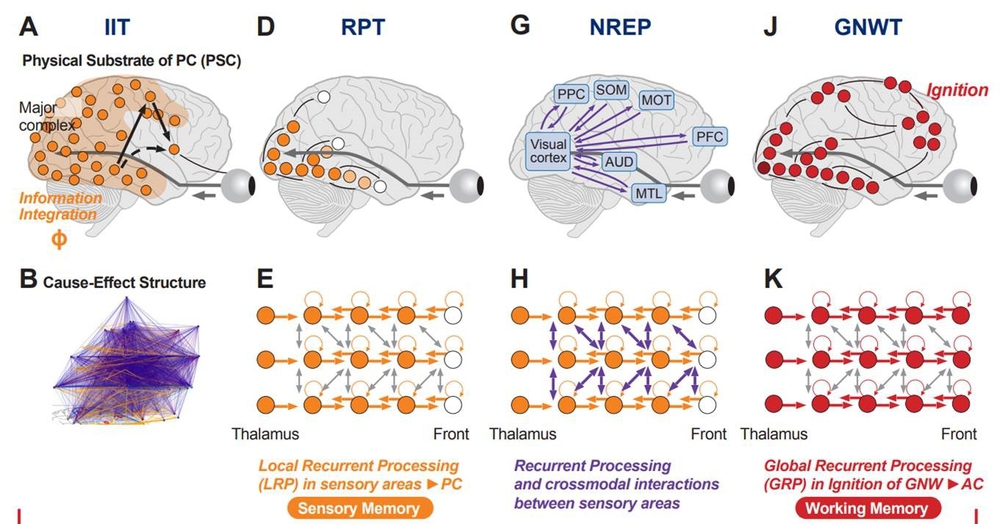Professor Emeritus Johan Frederik Storm has led research forming the basis of a scientific article that is causing a stir. The article is the result of 8 years' collaboration on the EU "Human Brain Project". The aim was to uncover an alternative approach to our understanding of how human consciousness functions.

The figure illustrates four of the five theories of consciousness that the authors propose complement each other and can explain different aspects of consciousness.
.jpg)
- We suggest how different theories that appear to be conflicting can perhaps be combined after all and complement each other within the framework of a more comprehensive theory of consciousness, explains Storm.
There are many differing schools of thought about consciousness in the field of brain research and Storm puts forward the factors that have probably led to a lot of apparent disagreement:
- Research has shown that physical processes in the brain give rise to human experiences such as seeing, hearing and feeling pain and joy. But how this actually happens is only poorly understood and this mystery counts as one of science's greatest unresolved questions. The question is particularly difficult because it involves complex philosophical and scientific problems and there is still a great deal of disagreement as to which theory is the most promising.
Scientists use different terminology
In the article, Storm and the other researchers point out how the dispute is probably due to the fact that the theories try to explain different aspects of the complex phenomenon "consciousness" while using divergent terminology and wording.
-We contend that theories which may "appear" to be highly contradictory can probably nevertheless be amalgamated and complement each other as part of a more comprehensive theory. The article was written by twelve leading scientists in the international field of research on consciousness, together with supporters of various theories. It has been very well received and will be published in the journal Neuron (from Cell Press) on 15 May, where it will be the core feature of a special edition devoted to the subject of consciousness, reveals Storm.
In the link below you will find a preprint of the article which will soon be published in Neuron.






